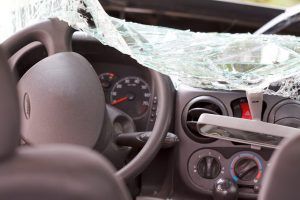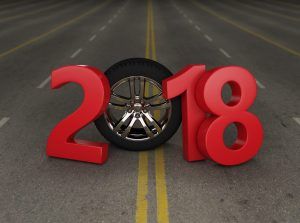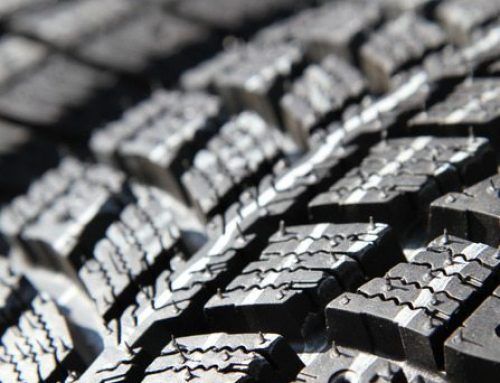Blog

In 2015, a motor vehicle collision occurred every four minutes in the state of South Carolina. Although most of these accidents did not result in serious injuries or death, the ones that did were life changing for the parties involved. Fortunately, South Carolina operates under a tort liability system, which means accident victims can pursue […]

If you sustain injuries in a motor vehicle collision that was not your fault, you can expect to receive a phone call from the other party’s insurance adjuster within a matter of days because South Carolina is a tort liability state. Although it is wise to let your lawyer do the talking, you may answer […]

It wouldn’t be a New Year’s Eve party without popping the cork off a bottle of champagne and toasting everyone in attendance. Although there is nothing wrong with ringing in 2018 over a few cocktails with friends, those who fail to do so responsibly and then drive themselves home afterward put everyone on the road […]

According to WBTW News 13, a collision between an ambulance and a pickup truck on SC 327 sent six people to the hospital with injuries. The accident happened on a Tuesday earlier this month at around 10:45 a.m. in Florence near E. Old Marion Highway. South Carolina Highway Patrol determined the ambulance was heading north […]

The fact that car accident injuries and deaths tend to spike around the holidays does not surprise most Americans. If you have ever had to drive more than a few miles to a relative’s house for Thanksgiving or Christmas, you probably got stuck in holiday traffic. More congestion can definitely lead to more collisions, but […]

In states like South Carolina, where the weather is fairly temperate year-round, motorists can expect to see cyclists riding on the road beside them often. Although there are a lot of advantages of pedaling whenever you can, there is one major drawback, and that’s the risk of serious injury should a collision occur. Accidents between […]

According to WSPA, a broadside collision that occurred on a Friday afternoon earlier this month resulted in one fatality. Police determined that a 59-year-old man was driving a sedan on Page Drive in Greenville County when he tried to turn onto White Horse Road. An SUV traveling north on White Horse Road struck the man’s […]

No one looks forward to traveling around the holidays, but doing so is essentially unavoidable if you want to spend quality time with your loved ones. Thanksgiving is one of the biggest travel days of the year, and as a result, motorists everywhere have a higher risk of getting into a fatal collision over the […]


